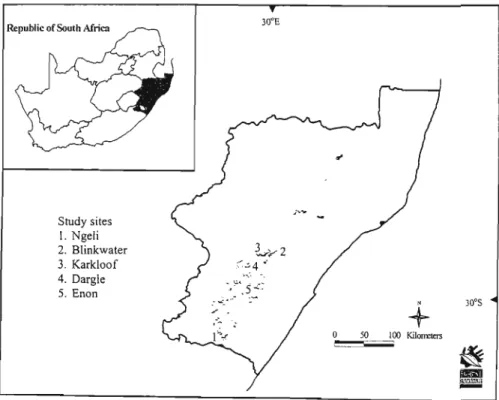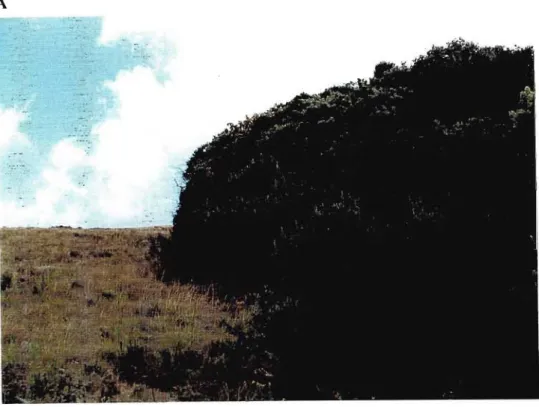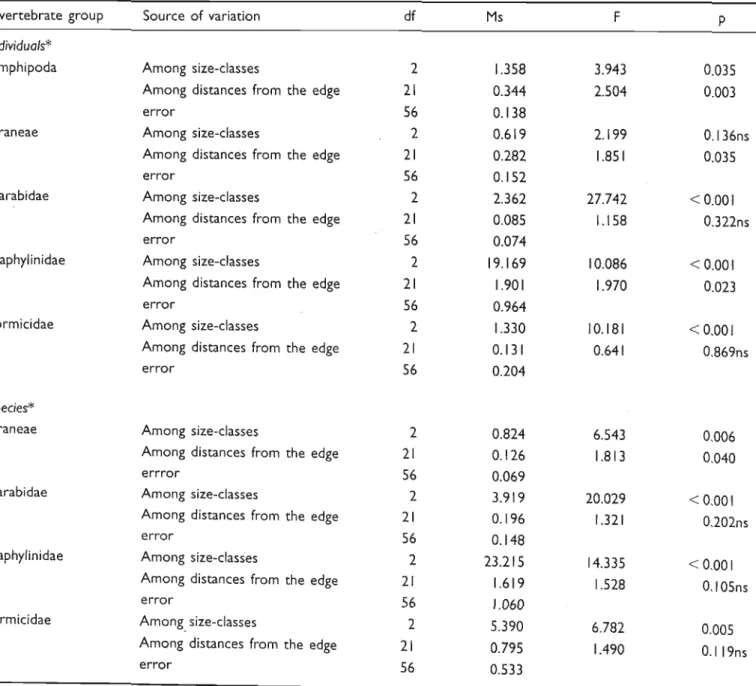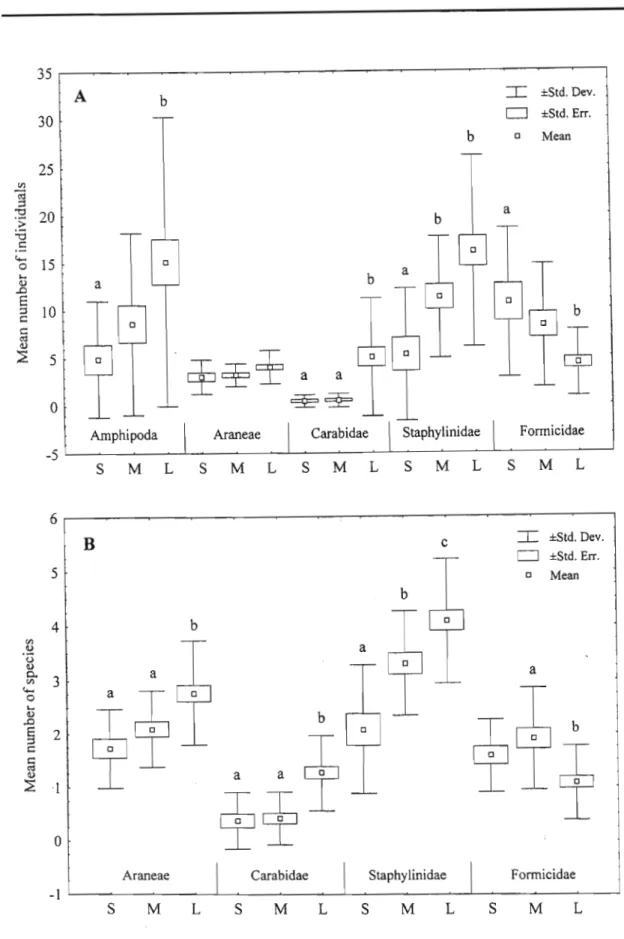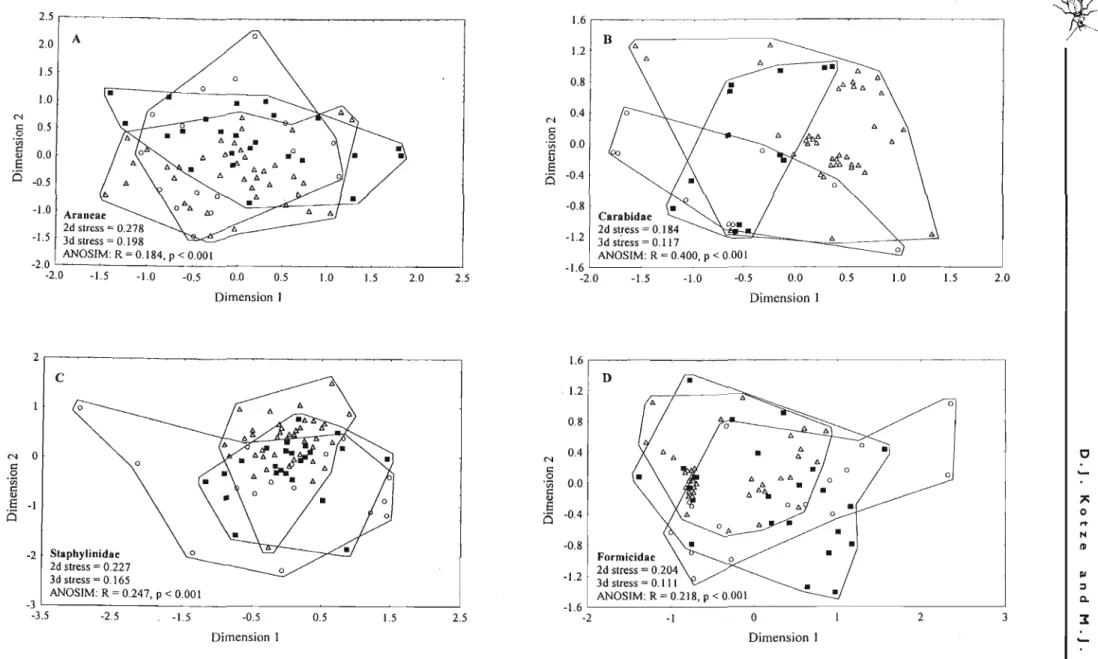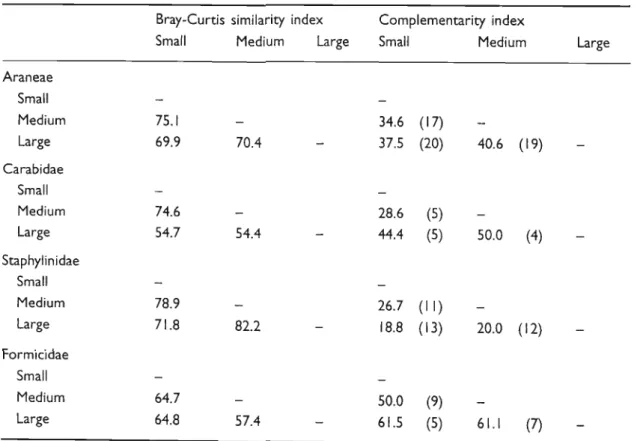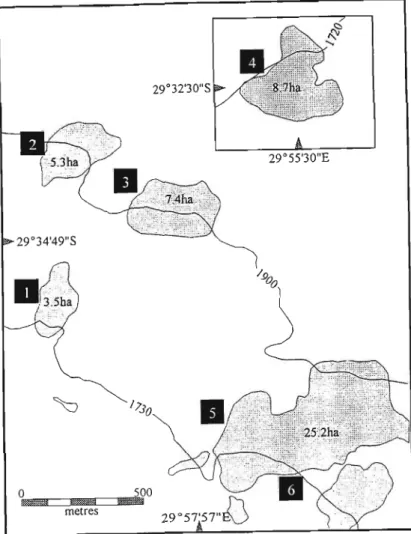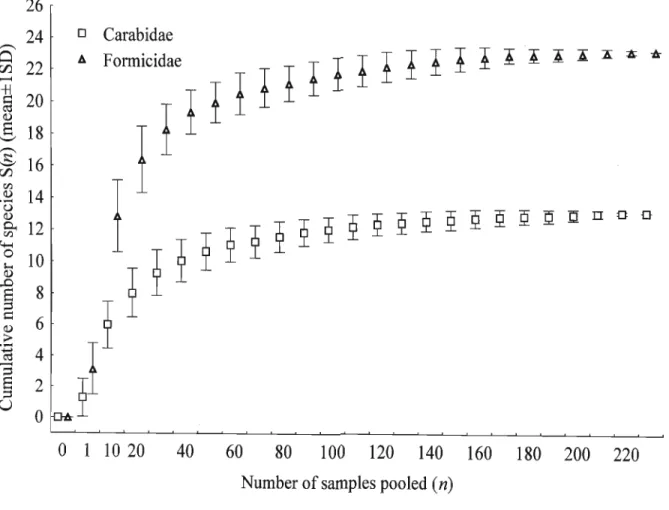Fragmentation thus causes habitat heterogeneity in the landscape (Jagomagi et al., 1988), at both local and regional scales (Ricklefs, 1987). Direct biological edge effects involve changes in the distribution and abundance of species caused by the physical conditions near the edge. During adverse events in the surrounding habitat, predators seek cover at habitat edges (Clark and Gilbert, 1982; Maelfait and De Keer, 1990).
Second, although naturally sharp, recent human activity in the Afromontane region has increased the sharpness of some of the ecotones (the transition from forest to grassland can occur within a meter). A - A sharp transition between an Afromontane forest patch and the surrounding grassland matrix, B - Fire damage to the Afromontane grassland matrix. In the Afromontane system, matrix quality may be of considerable importance for the continued survival of species in the isolated Afromontane forest complex.
In: Ecotones: the Role of Landscape Boundaries in the Management and Restoration of Changing Environments (Holland, M.M., Risser, P.G. and Naiman, R.J., eds), pp. In: Ecotones: the role of landscape boundaries in the management and restoration of Changing Habitats (Holland, M.M., Risser, P.G. and Naiman, RJ., eds.), p.
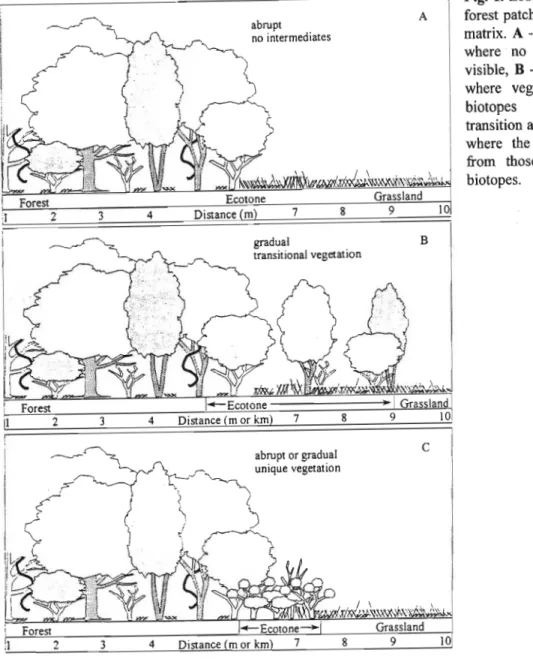
Support for the multi-taxa approach in biodiversity assessment, as shown by epigaeic invertebrates in an Afromontane forest
On the other hand, the nine captured Carabidae species are close to the estimated species number of eleven, and this is reflected in the asymptotic structure of the Carabidae accumulation curve. Research on the Afromontane forest system is urgently needed as it is one of the smallest and most threatened ecosystems in the country. The small forest patches selected in this study reflect the size distribution of forest fragments in the Afromontane region.
These results suggest that edge effects play a major role in the diversity patterns observed among some of the selected taxa. In general, carabids were more abundant and species-rich in the forests, while ants showed a preference for the grasslands. Also, the richness and diversity of small mammal species was significantly explained by distance from the edge; no small mammals were captured in the surrounding farmland (Stevens and Husband, 1998).
1, the most abundant ant species captured, occurred in high numbers in forests, and although high at the edge, was low in the grassland matrix. Seasonal differences in the distribution patterns of epigaeal amphipods, carabids and ants across a sharp forest-grassland ecotone were investigated using pitfalls. Carabids were significantly higher in the forest and at the ecotone than in the grassland throughout the year.
Ants were significantly more numerous and species-rich in the interior of meadows than at the edge or deep in the forest in all seasons except winter, during which the richness of ant species was the same from the interior of the forest to the interior of the meadows. Species richness was generally high in forest and edge, but low in grassland. Talistroides africana was significantly more abundant in the ecotone, except in autumn and winter when abundance was high in grassland.
The overall abundance and species diversity of Carabids was consistently low on this grassland compared to those on the edge and in the forest. Not only were ants richer in species in the grassland, but the grassland also harbored a significantly different ant community than those on the edge and in the forest. This species was also present at the edge and in the grassland (very low numbers in the grassland interior).
In winter, unlike the situation in the other three seasons, there was no general increase in the richness of ant species in the grassland. Landforms and winter habitat refugia in the conservation of montane locusts in southern Africa.
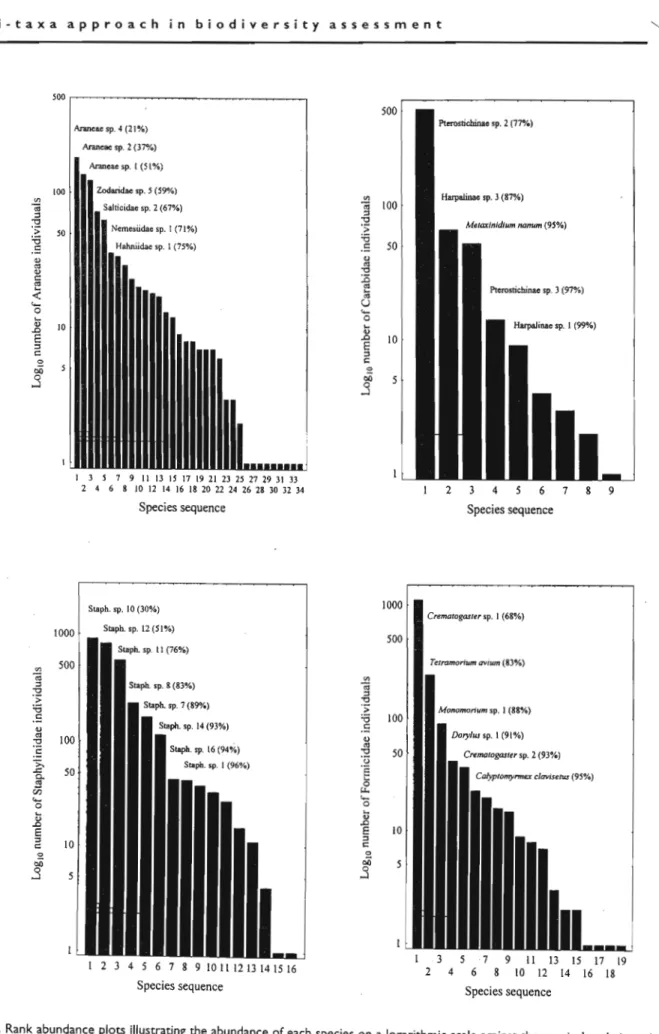
Invertebrate conservation at the interface between the grassland matrix and natural
The forest-grassland mosaics in South Africa's Afromontane region provide a good opportunity to study these interests. Although some hypothesize that forest historically covered most of the Afromontane region (McCracken 1986), paleobotanical and archaeological data indicate that the grassland biome has existed for at least 1000 years (Ellery and Mentis 1992). Such subcarpus forests of the mist belt cover an area of 30,868 ha, mostly in the 'forest belt' region, east of the Drakensberg Mountains (Cooper 1985).
In addition, Talistroides africana Griff., the only amphipod species present in the area, was also sampled. Ranney JW, Bruner MC and Levensonm (1981) The importance of edge in the structure and dynamics of forest islands. An exception to this was in the final study (chapter IV) where carabid abundance and species richness suddenly decreased at the edge in the grassland matrix.
The results here show that the grassland matrix has a significant influence on the organisms at forest-grassland boundaries and in the forest patches (Saunders et al., 1991). Here, in the Afromontane region, fire occurs frequently in the grasslands and is mainly responsible for this sharp transition between forest and grassland. Furthermore, there has been a recent recognition of the importance of the quality of the surrounding matrix in the survival probability of organisms moving between suitable habitat patches (Wiens, 1996; Fahrig, 1999).
Native, relatively undisturbed Afromontane grasslands may facilitate the dispersal of individuals from one forest area to another. However, fire should not be completely excluded, as it is a natural process in the region. These disturbances severely affected the distribution of amphipods, carabids and ants and the patterns of diversity in the Afromontane region.
Fire is a natural phenomenon in the Afromontane region, and in fact burning of Themeda triandra (the dominant grass species here) is required at least every five years to maintain the health and vigor of this species (Morgan and Lunt, 1999). If fire is excluded from the Afromontane region for some time, will the accumulation of vegetative matter in the meadows and edges pose a fire hazard. Research in the Afromontane region is an excellent opportunity to test the metapopulation theory, as shown by Saccheri et al. 1998) for butterflies in the Åland Islands, Finland.
2 was extremely abundant in the Impendle district, in Dargle (chapters I, n, III and the Dargle area in chapter IV), while Hystrichopus vigilans was the most abundant regional carabid (chapter IV). This side-catch appendix is included to provide background information on some of the other invertebrate groups present in the Afromontane region, and that may be useful for future studies.
